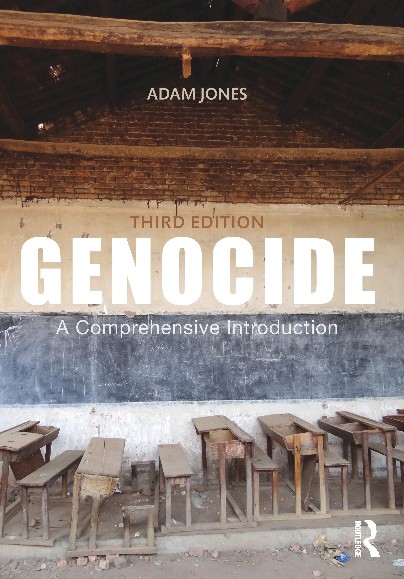Smolensk Crash Passengers' Connections to Katyn Victims
By Emine Saner
The Guardian, April 17, 2010
"When the plane carrying the Polish president, Lech Kaczynski, and 95 other people went down in fog last Saturday, near the site where an estimated 22,000 Poles were massacred 70 years earlier, there were terrible echoes in those who died. In 1940, it was army officers, lawyers, intellectuals, academics, historians, engineers, priests; among those who died last week were General Franciszek Gagor, the army chief of staff, Aleksander Szczyglo, the head of the national security service, and Slawomir Skrzypek, the president of the national bank. The party also included political activists, such as Anna Walentynowicz, and historian Janusz Kurtyka. But there were others on board who had personal connections to the massacre in Katyn. Wojciech Seweryn, 70, was an artist who lived in Chicago; his father, a Polish infantryman, died at Katyn when Seweryn was just a few months old. He emigrated to the US in 1976, and was a prominent member of his adopted city's Polish community. His sculpture commemorating the Katyn massacre -- the Virgin Mary cradling a wounded soldier -- stands at St Adalbert cemetery in Niles, Illinois. Also travelling was Leszek Solski, 75, a retired civil engineer, who lost his father and uncle in 1940, and spent his life trying to uncover documents about the massacre. Ewa Bakowska, 48, the library curator of Kraków's Jagiellonian University, was the granddaughter of Mieczyslaw Smorawinski, one of only two Polish generals identified among the victims of the massacre.
Canon Bronislaw Gostomski, 61, travelled from his home in London to represent the families of those murdered. The priest was well-known in the area for his activism and work with young people, many of them Polish migrants, at his church, St Andrew Bobola in west London. Father Bronek, as he was known, was a personal chaplain to his friend Ryszard Kaczorowski, 90, Poland's last president-in-exile and chaplain of the Katyn Family Association, who travelled with him last Saturday. At his church, there is a wooden engraving of the Virgin Mary, carved in secret by an army officer imprisoned in a Soviet labour camp in Katyn."
[n.b. This is the complete text of the dispatch.]
Saturday, April 17, 2010
Subscribe to:
Post Comments (Atom)














No comments:
Post a Comment
Please be constructive in your comments. - AJ